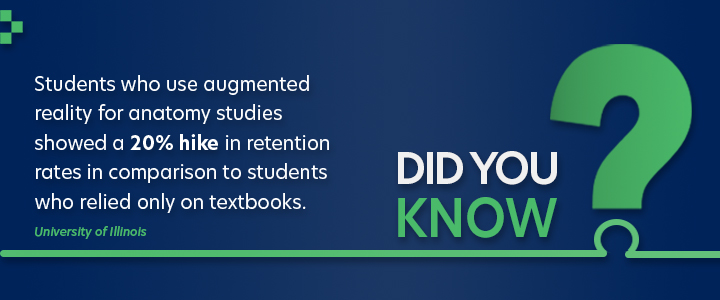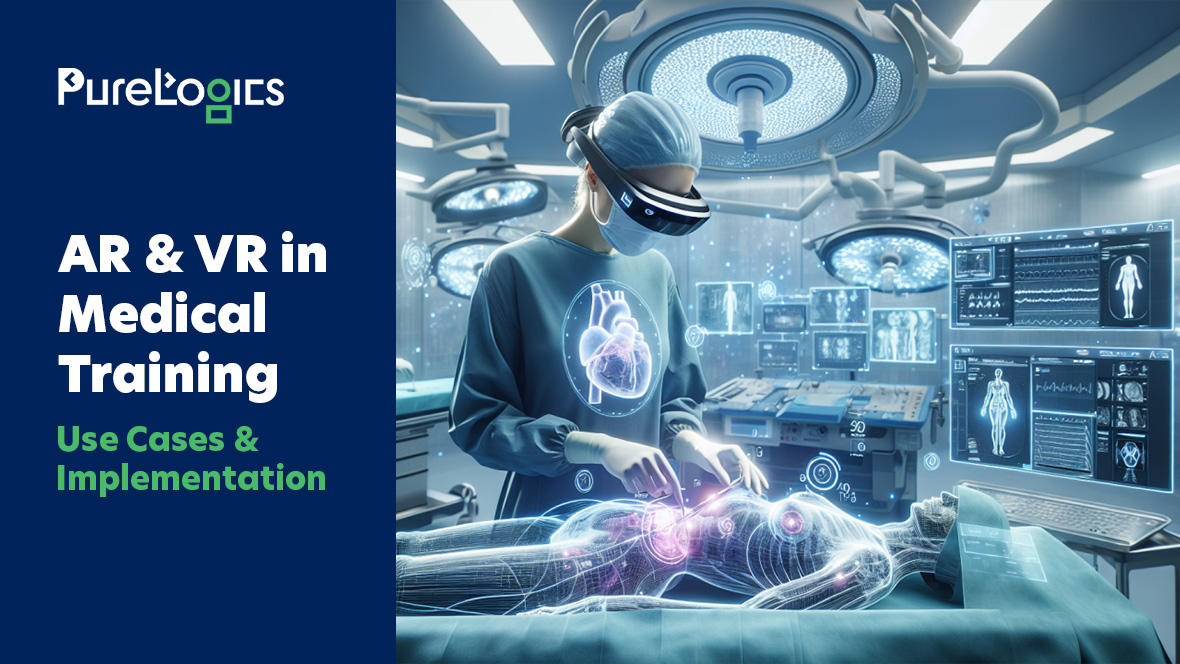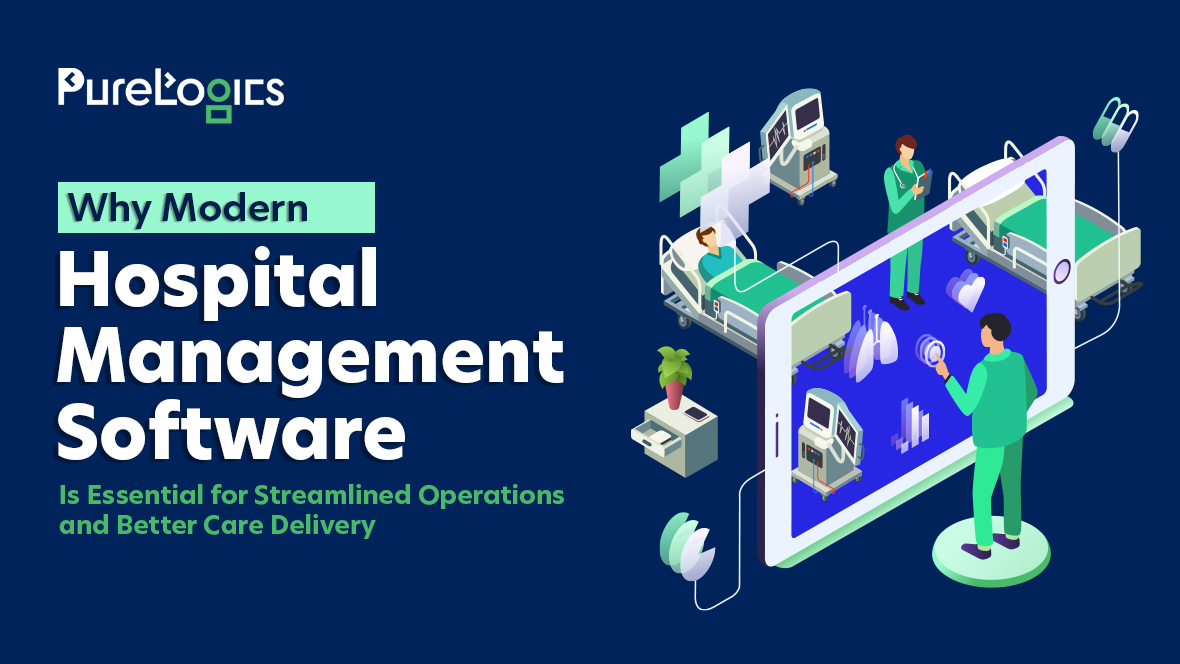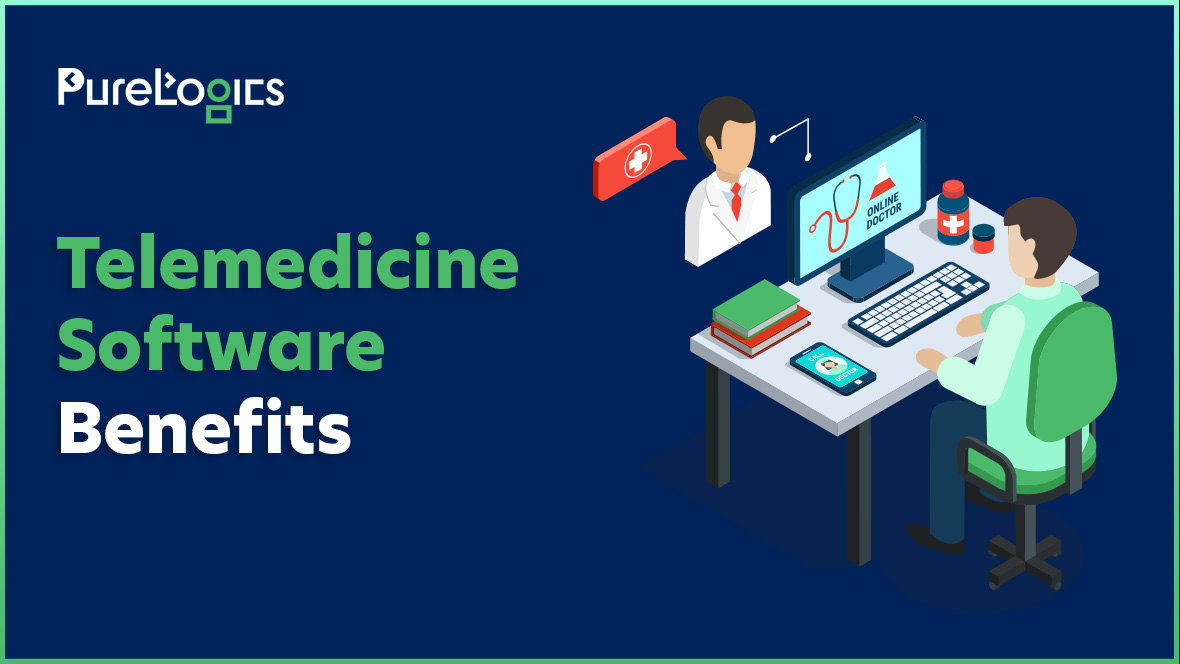Augmented reality and virtual reality in the medical industry is a new opportunity to make improvements in the learning systems, which is extremely vital for medical professionals who regularly undergo new medical training courses. These technologies are important for medical experts to operate with advanced technologies. Those who are in the medical industry recognize that there is no other way, other than AR and VR, to provide quality healthcare services.
Now, as the world is becoming digitized, every industry has been integrating AR and VR into their systematic apparatus and achieving what was a far-fetched reality before. Healthcare is among the first five industries that have been adopting this technology with an enhanced speed. International reports say that AR & VR in healthcare will be approximately a 9.7-billion-dollar market in the subsequent five years.
In this blog post, we have brought “augmented reality and virtual reality in healthcare” under the limelight. Keep reading the blog to learn about the use cases and implementation of AR and VR in the medical industry. Before we get into the nitty-gritty, let’s have a quick understanding of the difference between AR and VR for healthcare!
Difference between AR and VR for Healthcare
There are only minor differences between the uses of AR and VR in the healthcare sector. Augmented reality enables experts to gather essential data. After that, it displays this data in the form of 3D models. Virtual reality is used in healthcare to create simulated environments.
The table below provides a detailed comparison of AR and VR in healthcare.
| Feature | Augmented Reality (AR) | Virtual Reality (VR) |
| Definition | Overlays digital information on the real world | Creates a fully immersive digital environment |
| Immersion Level | Partial immersion; the real world is still visible | Complete immersion; the user is entirely in a virtual space |
| Data Visualization | Displays essential data as 3D models in real-time | Simulates environments and scenarios for training or therapy |
| User Interaction | Allows interaction with both real and virtual elements | Interaction is limited to the virtual environment |
| Equipment Needed | Requires only a smartphone or AR glasses | Requires specialized VR headsets and controllers |
| Applications in Training | Enhances training by providing real-time data overlays | Offers simulated training scenarios (e.g., surgery simulations) |
| Patient Engagement | Enhances understanding through visual data | Provides immersive experiences for therapy and rehabilitation |
| Use Cases | Surgical planning, diagnostics, patient education | Pain management, phobia treatment, surgical training |
| Flexibility | More flexible; can be used in various real-world settings | Less flexible; requires a controlled virtual environment |
| Accessibility | More accessible due to lower equipment costs and ease of use | Less accessible due to high equipment costs |
Both technologies can be utilized successfully in the medical sector. Now, let’s find out in detail how they actually work!
How are Augmented Reality and Virtual Reality Used in Healthcare?
Augmented reality and Virtual reality have pioneered a new era in medical training. There is not even a single doubt about it. The realistic and interactive experiences of these technologies make learning and skill acquisition better.
For your better understanding, we’ve explained the following areas where AR and VR are making extraordinary impacts. We have also explained real-world use cases that show the effectiveness of AR and VR technologies in healthcare.
1. Surgical Training
Surgical training is one of the top AR and VR applications in medical training. Virtual reality simulations enable medical trainees to practice difficult processes in a risk-free environment.
For instance, there is a popular worldwide platform, the Osso VR Platform. It offers a VR training tool that gives orthopedic and spine surgeons realistic simulations of surgical processes. Before going to the operating rooms, trainees can polish their skills using this tool.
According to the Journal of Surgical Education, medical students trained via VR simulations performed better in surgical tasks than trainees who received traditional medical training.
2. Anatomy Education
AR technologies also allow medical trainees to visualize 3D anatomical structures. This approach helps them better apprehend complex systems and spatial relationships.
For example, there is a HoloAnatomy app that uses Microsoft’s HoloLens to project 3D anatomical models. It helps medical students and professionals manipulate and explore interactively.

3. Patient Interaction Training
AR and VR can also simulate patient interactions. These modern technologies allow professionals to practice their communication skills as well as bedside manners.
There is a program called “Medsimulation,” which is gaining popularity worldwide in the healthcare industry. It provides trainees with an environment where they can engage with virtual patients. They can practice different diagnosing conditions and get feedback on their performance.
According to a pilot study, medical students who engaged in VR-supported patient interaction training improved their communication and bedside manners and also had higher patient satisfaction rates.
4. Emergency Response Training
AR and VR also have applications in emergency response training. It can create high-pressure environments for emergency medical training. It includes trauma care and disaster response.
The United States of America and other developed countries have been significantly using a program called ‘VR Patient’ for emergency response training. This program creates high-pressure environments where medical trainees can practice their decision-making skills and coordinate care under real stress.
The International Journal of Medical Education says that emergency medical technicians who used VR training in crisis management performed better in actual emergency situations. On the other hand, the technicians who had traditional training couldn’t perform like their counterparts.
5. Remote Learning and Collaboration
AR and VR are also being used in remote training sessions. AR and VR in medical training enable medical trainees to learn from their experts. It doesn’t matter where the experts reside across the globe. Remote training sessions supported by AR and VR technologies eliminate the need for physical travel.
For instance, a platform like VirtaMed provides simulators that can be accessed remotely. It provides them with a chance to join live training sessions with real-time and authentic feedback.
During the COVID-19 pandemic, many medical institutions employed VR platforms for remote training. According to reports, they conducted 100+ training sessions without compromising quality or effectiveness.
Final Remarks
The integration of AR and VR into medical training shows a transformative shift in how healthcare professionals acquire knowledge and skills. These innovative technologies not only improve personalized learning experiences but also boost patient care and retention rates.
According to international reports, today, 80% of healthcare providers aim to invest in AR and VR solutions. They understand the potential of these technologies and acknowledge their impact on medical training and healthcare services.
Interested in healthcare AR and VR solutions? Fill out the form now. We at PureLogics have been offering a 30-minute free consultation. Talk to our experts to convert your healthcare tech idea into a reality.


 [tta_listen_btn]
[tta_listen_btn]
 February 7 2025
February 7 2025






